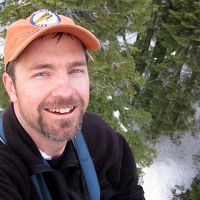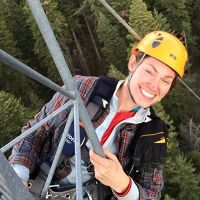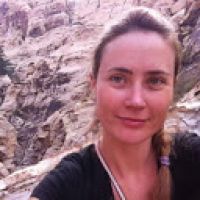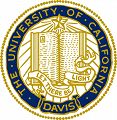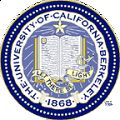Snow days are work days at Southern Sierra Critical Zone Observatory
Snow days may hold some people back from going to work or school. But for Southern Sierra Critical Zone Observatory researchers and staff, traveling and working in snow is a fact of life, often a fun one. As winter comes to an end in the Sierra, we reflect on this season's snow days at SSCZO.
At lower elevations in California, the November-to-April rainy season means what it says: rain. But at higher elevations in the Southern Sierra, that precipitation often falls as something else that sticks around a bit longer than rain: snow. What do researchers and staff do above this rain-snow transition in the winter? The usual.
Data downloads. Sample collection. Equipment maintenance. These are year-round tasks and projects at all of the Southern Sierra Critical Zone Observatory field sites. But at the Providence Creek, Short Hair Creek, and Sequoia National Park field sites, extra supplies are often needed to get to the sites: skis, snowmobiles, snowshoes, splitboards. Don't forget a shovel - instruments sitting on the surface of a meadow in the summer may now be hiding below more than six feet of snow.
{embed1}Several researchers and staff visit the Providence Creek site throughout the winter. UC Davis scientist Peter Hartsough and graduate student Ryan Ferrell snowshoe to the site monthly to collect soil moisture readings using a tool called a neutron probe. Next month may be the last time they need to dig through the snow to reach the wells they measure - until next winter.
{embed2}SSCZO Field Manager Erin Stacy spends much of the winter on skis and snowshoes, frequently visiting the Providence site to maintain equipment and download data. "Weather and access issues makes work harder in the winter, but that much more satisfying," says Stacy. UC Berkeley student Carlos Oroza joined Stacy in the field to help exchange solar-powered sensor batteries and check on instruments recording snow depth, air temperature, soil moisture, and other environmental measurements. Stacy and Outreach & Education Manager Gilmore also snowshoed around the Sequoia National Park instrument sites to download data at Panther Gap and disassemble a seasonal measurement tower in Long Meadow.
UC Merced graduate student Melissa Thaw comes out Providence several times a month to collect water samples.{embed3} Thaw is using sulfur and hydrogen isotopes to trace where different species of vegetation are sourcing their water. Occasionally a few days in a row are required at the site to collect all of Thaw's samples - they range in size from ten-gallon buckets to ten-milliliter vials. She sometimes snow camps and cooks breakfast on a portable stove before heading to the site on snowmobiles or her splitboard. Project collaborator Ate Visser from Lawrence Livermore National Laboratory, volunteer Anthony Everhart, Stacy, Gilmore, and others often came out to help. Buddy systems are a must for snow days.
This March, Michael Goulden and Cyril McCormick from UC Irvine worked with Stacy to install pivoting cameras and a Lidar system on the eddy covariance flux tower at Providence. McCormick spent four hours on the tower rigging the equipment. This data will provide researchers new insights on year-round vegetation functions and winter snow dynamics.
As winter's end draws near and spring's warmer temperatures continue melting snow, patches of bare ground around tree trunks are bittersweet sights for those skiing past.
Written by Michelle Gilmore
News Category:
RESEARCH |
INFRASTRUCTURE |
DATA |
PEOPLE
People Involved
CZO
-
Sierra, INVESTIGATOR
-
Sierra, STAFF
-
Sierra, GRAD STUDENT
-
Sierra, COLLABORATOR
-
Sierra, STAFF
Explore Further
_200_200_80auto_s.jpg)
